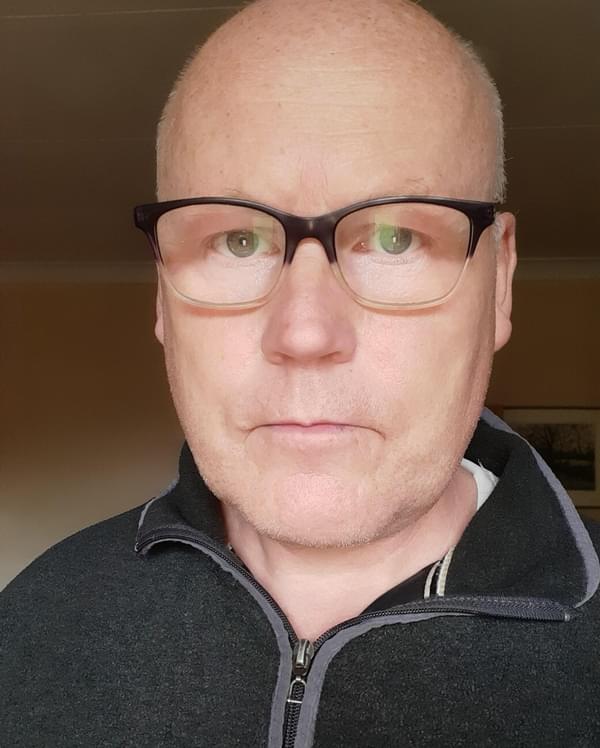Andrew Parker

My methodology has varied over the years but there is more of a development phase now. Not all of my ideas make it past this development stage, whereas some seem to fall into place straight away. I’m much more comfortable discarding photographic series now - possibly aided by a surfeit of interests within landscape photography. I'm currently using a digital camera in the development of my latest project but I can envisage using an analogue camera once I've worked out how I want the images to look. Digital photography greatly reduces the cost and so I'm happier to spend time playing with an idea first. The cost of film would otherwise be prohibitive.
My more recent projects have been structured around photographing varieties of 'types'. The best example being my recent work collecting images of rural filling stations where I wanted to record a subject quite objectively without too much deviation in terms of the angle or perspective. I was quite happy to experiment with the lighting and this element varies from image to image. I think that the differing weather conditions add a dimension to the work that woiuld have been lacking had I opted for a psuedo scientific approach and sought overcast conditions for all the images.
Until recently I have been creating images using analogue cameras. The filling station project, Not 24 Hours, was shot on Fujichrome transparency stock and then scanned as digital images. The quality of 6 x7 transparencies is superb but the cost of the film and the long winded process has led me to experiment with digital photography for exhibition work. I currently have two projects that I am keen to pursue – others having fallen by the wayside during development.
As mentioned, I am open to the idea of moving to a smaller analogue medium format camera as transparency film can still produce excellent quality from smaller originals -even 35mm is a possibility. Digital is more convenient though as it is more compatible with social media, which has become a more influential part of the working process and an important marketing tool. I can envisage digital photography playing a role in the developmental stages of my projects and the subsequent publicising of them - bookending the whole process. But at this moment in time I seek to return to analogue.
As the years have passed structure has become more and more important in terms of holding a set of pictures together. My work has always had a central narrative but now my work is tighter in terms of the relationship between each image. This is something that emerged during my project Stolen From the People? where images were grouped to strengthen the narrative. This is what attracted me to photographing ‘types’ as the structure was inbuilt and ensured a consistent approach in emphasising the narrative. I will be moving away from this with the newer projects (Edgelands and Magic, Mystery and the Weather), although the attention to framing and composition employed during the last three projects will influence the approach.
Influences include: Paul Graham, Lewis Baltz, Lee Friedlander, John Davies, John Gossage, Gabriele Basilico, Jeff Brouws, Ed Ruscha, Stephen Shore.
Career path: 1994 Cert Ed, SCAT, Taunton, Somerset 1990 HND, Documentary Photography, Gwent College, Newport, Gwent
Helping Artists Keep Going
Axis is an artist-led charity supporting contemporary visual artists with resources, connection, and visibility.











